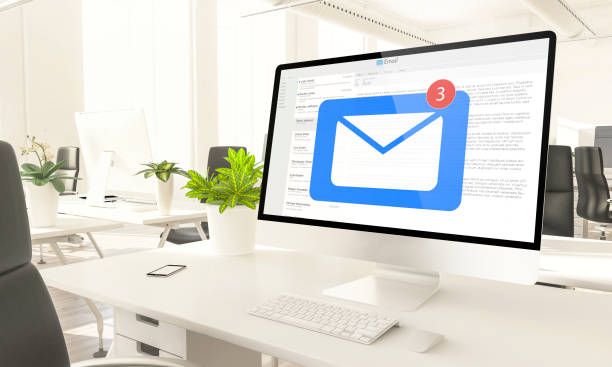If you're a marketer, business owner, or anyone who relies on email to
communicate with customers or prospects, you know how important it is to
ensure your emails are actually getting delivered. But how do you know for
sure if your emails are landing in the inbox or getting caught in spam
filters?
The answer is simple: test your email! By sending test emails to different
email providers and email clients, you can see how your emails are being
delivered and identify any issues that may be hindering your deliverability.
Why Is Testing Your Email Important?

Email deliverability is a complex and constantly changing landscape. There are
a lot of factors that can impact whether your emails get delivered or not,
including the content of your email, your sending reputation, and even the
recipient's email provider and spam filters. By testing your emails, you can
identify any issues that may be impacting your deliverability and take steps
to address them.
Here are a few reasons why testing your email is so important:
- Identify and fix deliverability issues before they impact your campaigns
- Ensure your emails are rendering correctly across different email clients and devices
- Improve your sending reputation by avoiding spam traps and other red flags
- Get insights into how your recipients are engaging with your emails
- Ensure compliance with email regulations and best practices

How to Test Your Email

There are a few different tools and methods you can use to test your email
deliverability. Here are some of the most popular:
Email Testing Tools
There are several email testing tools available that allow you to send test
emails to different email providers and clients to see how they're delivered.
Some popular options include:
These tools typically provide you with a report that shows how your email was
delivered, whether it was marked as spam, any issues that were identified, and
other useful insights.
Manual Testing
If you prefer to test your emails manually, you can do so by sending test
emails to different email providers and clients and monitoring the results.
This can be more time-consuming and less reliable than using an email testing
tool, but it can also give you more control over the testing process.

Common Email Testing Questions
What Should I Test?
When testing your emails, there are a few key elements you should focus on:
- Deliverability: Are your emails getting delivered to the inbox or spam folder?
- Rendering: Are your emails rendering correctly across different email clients and devices?
- Engagement: Are your recipients opening and clicking on your emails?
- Sending reputation: Are there any issues with your sending reputation that could impact deliverability?
How Often Should I Test My Emails?
It's a good idea to test your emails regularly to ensure your deliverability
remains high. How often you test will depend on how frequently you send emails
and how important email is to your business. Some marketers test every time
they send a new campaign, while others may test once a month or once a
quarter.
What Should I Do If My Emails Aren't Getting Delivered?
If your emails aren't getting delivered, there are a few things you can do to
troubleshoot the issue:
- Check your sending reputation: Are there any red flags that could be causing spam filters to block your emails?
- Review your email content: Is your content spammy or triggering spam filters?
- Check your email authentication settings: Are your DKIM and SPF settings configured correctly?
- Reach out to your email service provider: They may be able to provide additional insights or help you resolve the issue.

